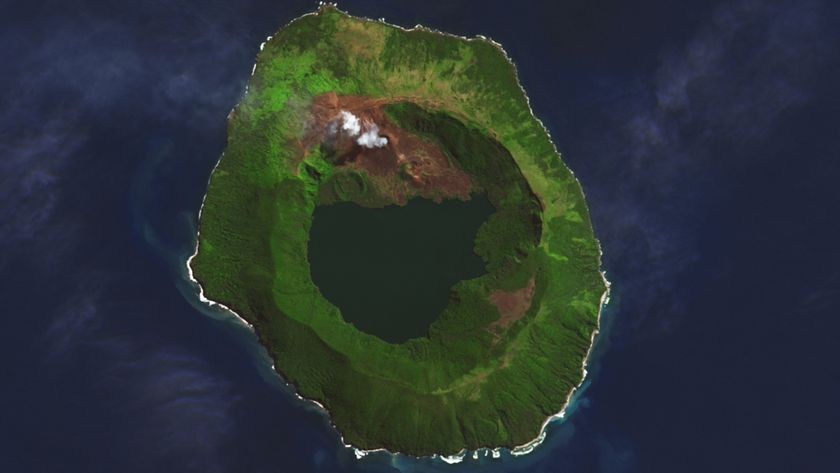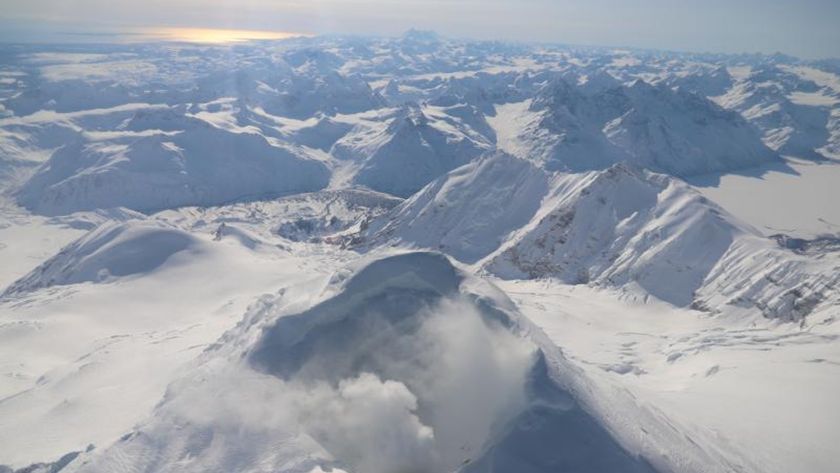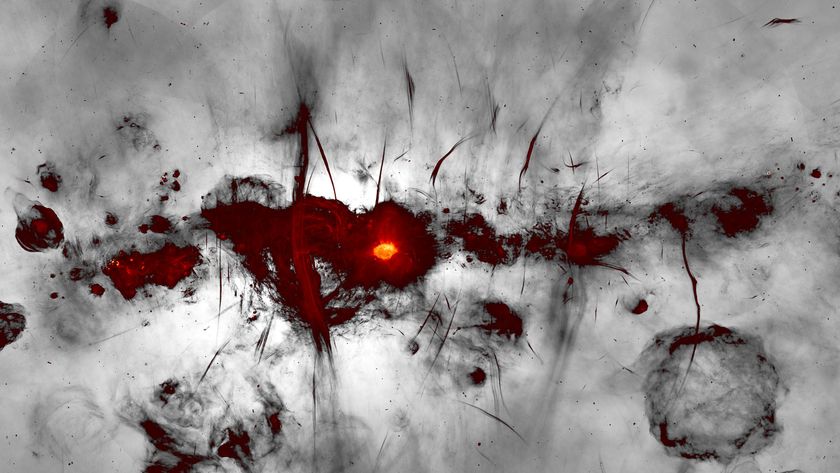Pinatubo Flashback, June 11, 1991: Before the Storm

On June 15, 1991, the largest land volcano eruption in living history shook the Philippine island of Luzon as Mount Pinatubo, a formerly unassuming lump of jungle-covered slopes, blew its top. Ash fell as far away as Singapore, and in the year to follow, volcanic particles in the atmosphere would lower global temperatures by an average of 0.9 degrees Fahrenheit (0.5 degrees Celsius). Twenty years after Pinatubo, LiveScience is reliving the largest eruption in the modern era based on what we know now. Join us each day through June 15 for a blow-by-blow account of what happened. [Read all installments: June 7, June 8, June 9, June 10, June 11, June 12, June 13, June 14]
June 11, 1991: The scientists monitoring Pinatubo from about 15 miles (25 kilometers) away don't know it, but this is the last relatively peaceful day on the mountain.
Which is not to say that all is calm. The mountain is venting steam and ash, and a lava dome continues to grow as magma, under great pressure, pushes up from the subsurface. As USGS volcanologist Richard Hoblitt will later put it, "the volcano kept upping the ante."
Clark Airbase, where Hoblitt and his colleagues are based, is eerily quiet after yesterday's evacuation of more than 14,000 service members and their families. But the geologists are busy. Seismic data is coming in from the mountain, recording the earthquakes that are increasingly shaking the mountain. Once or twice a day, Hoblitt and other researchers get in a helicopter and check out the volcano up close.
Pinatubo is a stratovolcano, the sort that elementary school students model with papier-mache, baking soda and vinegar. These volcanoes are usually found at subduction zones, where one continental plate descends below another. The Ring of Fire, home to Mount Pinatubo, is horseshoe chain of subduction zones stretching around the Pacific.
For centuries, a pressurized reservoir of magma and gas have been building under Pinatubo. Within a day, the mountain is going to start relieving that pressure.
Tomorrow: Pinatubo's eruptions go vertical.
Sign up for the Live Science daily newsletter now
Get the world’s most fascinating discoveries delivered straight to your inbox.
You can follow LiveScience senior writer Stephanie Pappas on Twitter @sipappas. Follow LiveScience for the latest in science news and discoveries on Twitter @livescience and on Facebook.

Stephanie Pappas is a contributing writer for Live Science, covering topics ranging from geoscience to archaeology to the human brain and behavior. She was previously a senior writer for Live Science but is now a freelancer based in Denver, Colorado, and regularly contributes to Scientific American and The Monitor, the monthly magazine of the American Psychological Association. Stephanie received a bachelor's degree in psychology from the University of South Carolina and a graduate certificate in science communication from the University of California, Santa Cruz.











